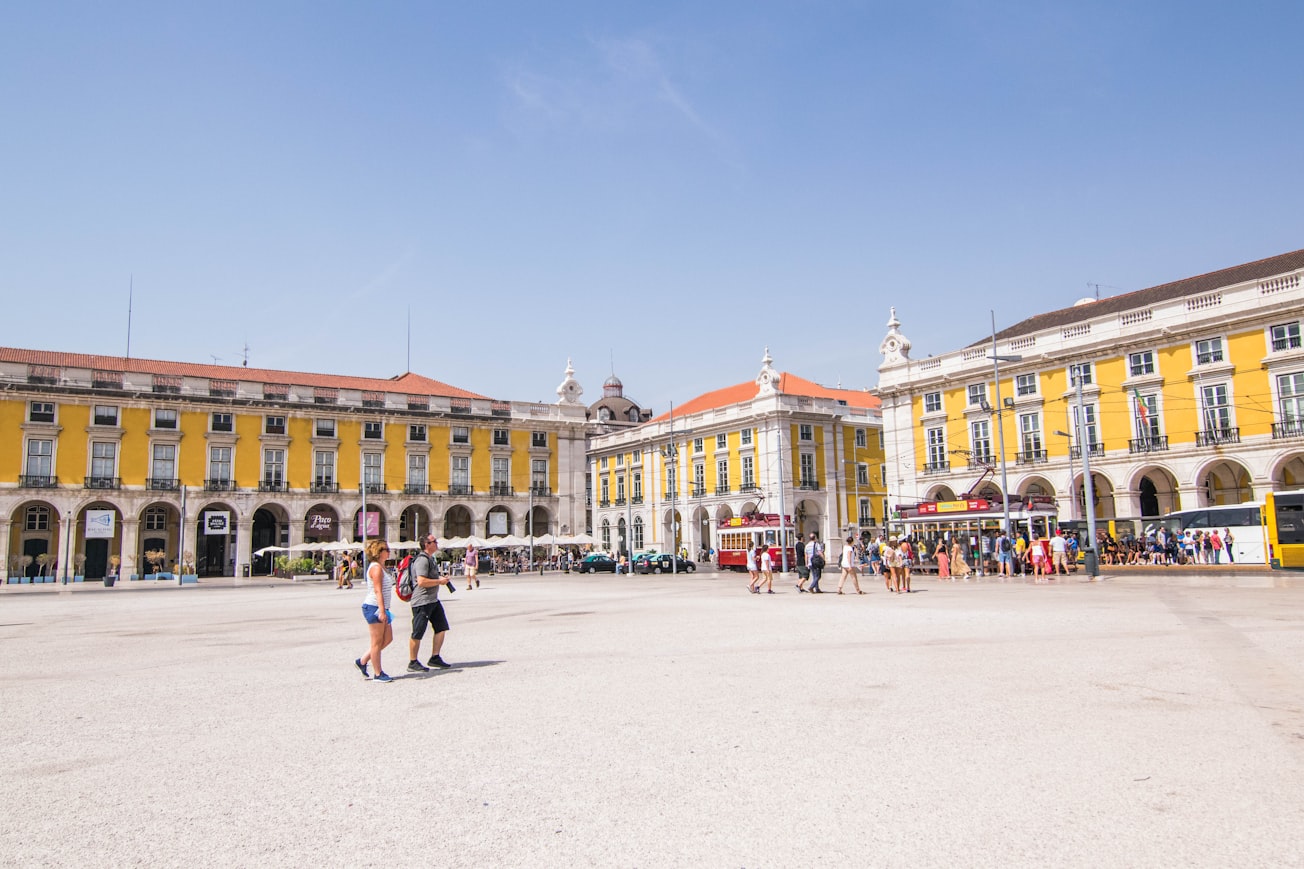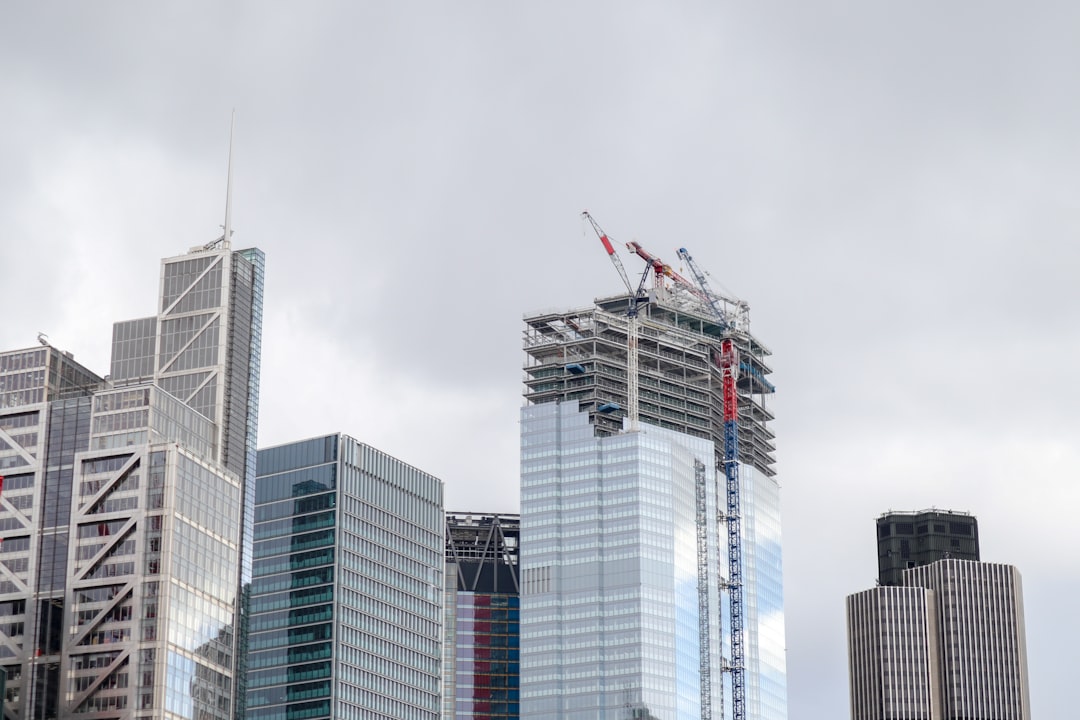What is it about?
The trade town of Chikan, in the southern part of the Chinese region of Lingnan, is characterized by its arcaded streets built during the 1920s and 1930s – streets lined with buildings whose ground-floor shops open out onto a covered pavement, with dwelling spaces and stores above. Similar buildings exist throughout Lingnan and other parts of Southeast Asia, but they particularly flourished in Guangdong province, and are well preserved in Chikan, where redevelopment has not yet led to large-scale demolition. This article seeks to study Chikan’s arcade buildings as elements of an “architectural sociology” in which they are considered functionally, socially, aesthetically and culturally.
Featured Image

Photo by María Guerra on Unsplash
Why is it important?
It is an investigation of vernacular architecture that aims to reveal the significance of Chikan’s arcade buildings for the locals’ aspirations, identities and lives. It argues that the buildings have a civility or decorum that potentially reveals much about what a town could or should be. Chikan was redeveloped as a tourist attraction in 2017. This article documented the architecture and discuss the daily life there before the redevelopment.
Read the Original
This page is a summary of: Chikan’s Arcade Buildings: The Hybrid and Civil Architecture of Lingnan, Architecture and Culture, May 2018, Taylor & Francis,
DOI: 10.1080/20507828.2018.1501214.
You can read the full text:
Contributors
Be the first to contribute to this page










